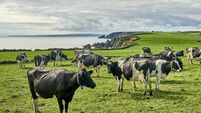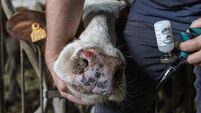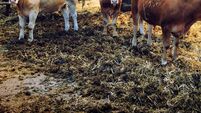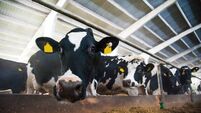Prices slipping for plainer Holstein-Friesian bullocks
An example of what I mean were the 11 Friesian bullocks of plainer quality that weighted 422 kilos and just scraped into €600 at a southern mart this week.
Yet, half a dozen “better made” Friesians of 435 kilos came into €735 at the same sale.













